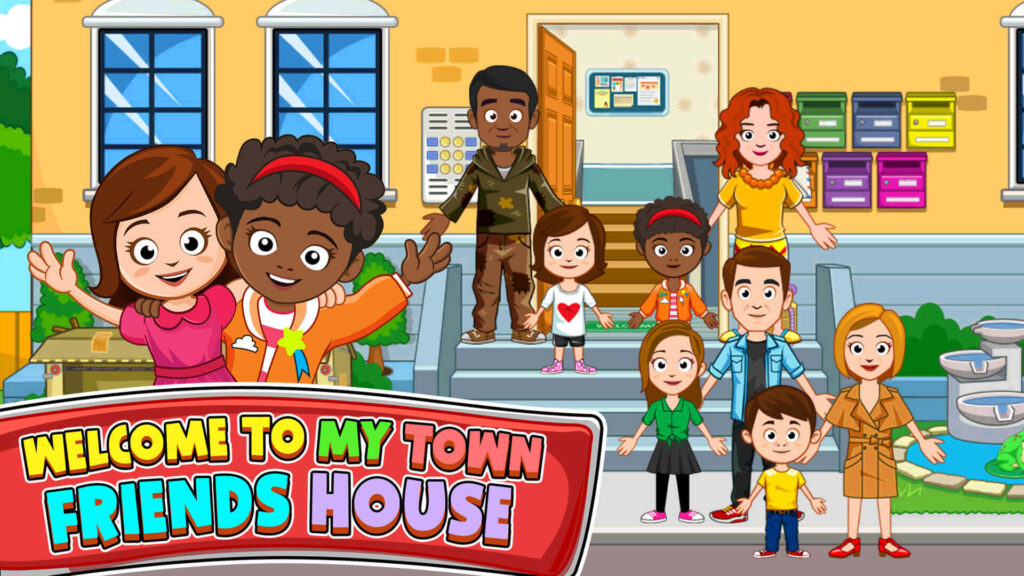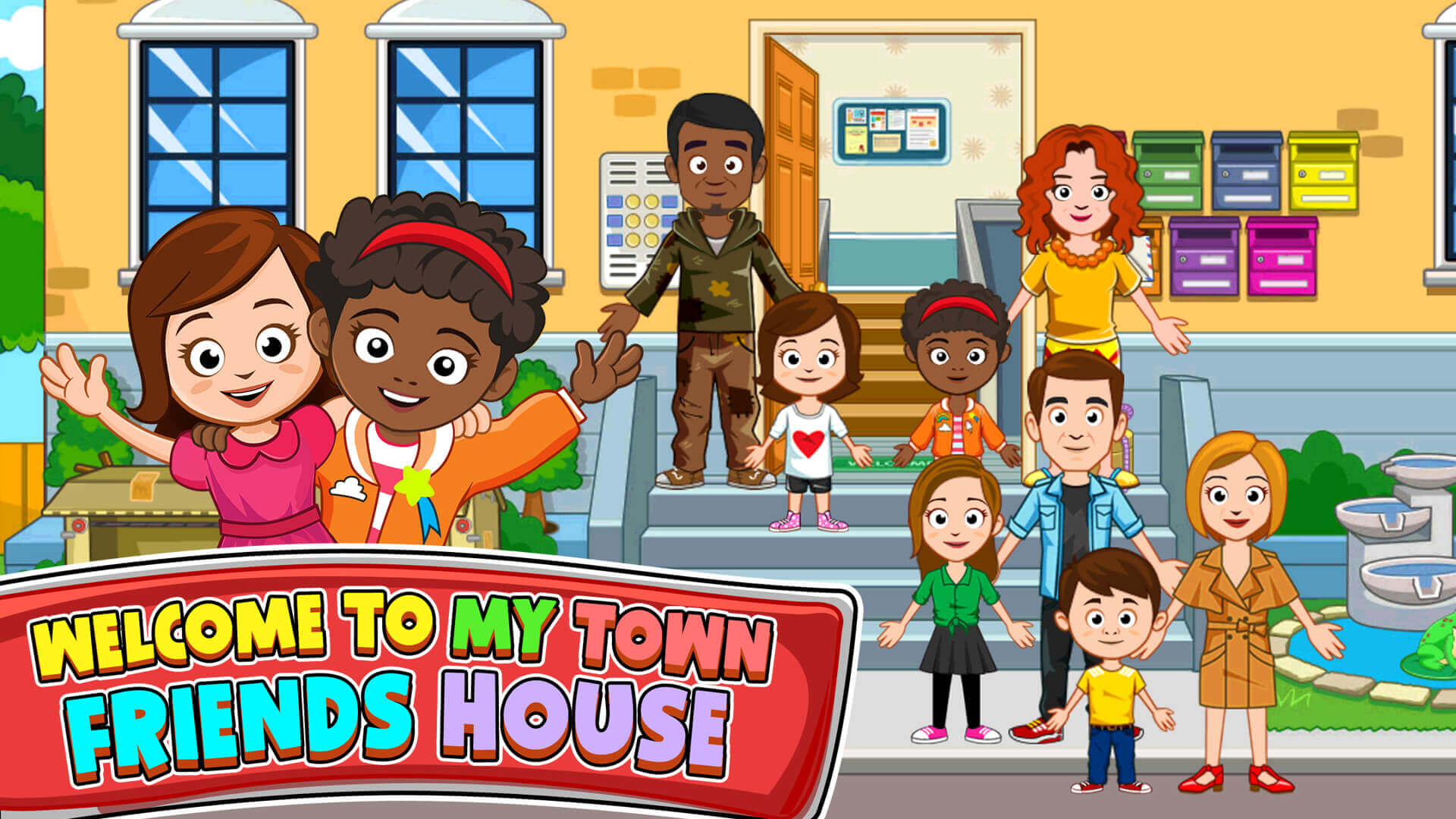
A House’s Best Friend: Creating a Pet-Friendly Home
Our pets are more than just animals; they’re family. They share our lives, our homes, and our hearts. Creating a comfortable and safe environment for our furry, feathered, or scaled companions is a crucial aspect of responsible pet ownership. This article explores how to transform your house into a haven for your house best friend, focusing on safety, comfort, and enrichment.
Understanding Your Pet’s Needs
Before making any changes to your home, it’s essential to understand your pet’s specific needs. A playful puppy has different requirements than a senior cat. Consider your pet’s breed, age, health, and temperament. Research common behavioral issues and potential hazards specific to your animal.
- Dogs: Require ample space for exercise, durable flooring that’s easy to clean, and access to the outdoors.
- Cats: Need vertical space for climbing, scratching posts to maintain their claws, and safe hiding places.
- Birds: Benefit from a secure cage, plenty of toys, and a dust-free environment.
- Small Animals (Rabbits, Guinea Pigs, Hamsters): Require secure enclosures with appropriate bedding and enrichment activities.
Pet-Proofing Your Home: Safety First
Pet-proofing is paramount to ensuring your house best friend‘s safety. Many common household items can be dangerous or even fatal if ingested. Here’s a checklist to get you started:
- Toxic Substances: Store cleaning supplies, medications, pesticides, and other potentially harmful substances in secure, locked cabinets.
- Electrical Cords: Cover or conceal electrical cords to prevent chewing, which can lead to electrocution.
- Small Objects: Pick up small objects like coins, buttons, and rubber bands, as these can be choking hazards.
- Houseplants: Research the toxicity of your houseplants. Many common plants are poisonous to pets. Consider replacing them with pet-safe alternatives.
- Windows and Doors: Ensure windows and doors are secure to prevent escapes. Install screens that are strong enough to withstand your pet’s attempts to push through them.
- Sharp Objects: Store sharp objects like knives, scissors, and razors out of reach.
Creating a Comfortable and Stimulating Environment
Beyond safety, a comfortable and stimulating environment is essential for your pet’s well-being. Provide your house best friend with:
- Comfortable Bedding: Choose a bed that’s appropriately sized for your pet and made from comfortable, washable materials. Place it in a quiet, draft-free area.
- Designated Feeding and Water Areas: Establish designated feeding and water areas that are easily accessible and clean.
- Toys and Enrichment: Provide a variety of toys to keep your pet mentally and physically stimulated. Rotate toys regularly to keep them interesting. Puzzle toys are a great way to challenge your pet and prevent boredom.
- Scratching Posts (for Cats): Provide multiple scratching posts in different locations to satisfy your cat’s natural scratching instincts.
- Climbing Structures (for Cats): Cats enjoy climbing and exploring vertical spaces. Consider adding cat trees or shelves to your home.
- Outdoor Access (for Dogs): Provide your dog with regular access to a safe and secure outdoor area for exercise and elimination.
Choosing Pet-Friendly Materials and Designs
When renovating or decorating your home, consider choosing pet-friendly materials and designs. This can make your life easier and help protect your home from pet-related damage. Here are some suggestions:
- Flooring: Opt for durable, scratch-resistant flooring like tile, laminate, or vinyl. Avoid carpeting, which can be difficult to clean and can trap pet hair and odors.
- Upholstery: Choose upholstery fabrics that are stain-resistant and easy to clean, such as microfiber or leather. Avoid delicate fabrics that can be easily damaged by pet claws.
- Paint: Use low-VOC (volatile organic compounds) paint, which is safer for pets and humans.
- Window Coverings: Choose window coverings that are durable and easy to clean, such as blinds or shutters. Avoid long cords that can be a choking hazard.
Dealing with Pet Odors and Messes
Even the most well-behaved pets can have accidents. Be prepared to deal with pet odors and messes promptly and effectively. Here are some tips:
- Clean Up Accidents Immediately: The sooner you clean up an accident, the less likely it is to stain or leave a lingering odor.
- Use Enzyme Cleaners: Enzyme cleaners break down the organic compounds in pet waste, eliminating odors effectively.
- Air Purifiers: Air purifiers with HEPA filters can help remove pet dander and odors from the air.
- Regular Grooming: Regular grooming can help reduce shedding and minimize pet odors.
Creating a Multi-Pet Household
If you have multiple pets, it’s essential to create a harmonious environment where everyone feels safe and comfortable. Here are some tips for creating a multi-pet household:
- Introduce Pets Gradually: Introduce new pets to existing pets slowly and gradually, allowing them to get used to each other’s scent and presence.
- Provide Separate Resources: Provide each pet with their own food and water bowls, beds, and toys to prevent competition.
- Supervise Interactions: Supervise interactions between pets, especially during the initial introduction period.
- Provide Individual Attention: Make sure each pet receives individual attention and playtime.
Training and Socialization
Training and socialization are crucial for ensuring your pet is well-behaved and comfortable in various situations. Enroll your pet in obedience classes or work with a professional trainer to teach basic commands and address any behavioral issues. Expose your pet to different people, places, and situations to help them become well-adjusted and confident. A well-trained and socialized pet is a happy and well-adjusted house best friend.
Senior Pet Considerations
As pets age, their needs change. Senior pets may require more comfortable bedding, easier access to food and water, and more frequent veterinary checkups. Consider these modifications to your home to accommodate your senior house best friend:
- Ramps or Stairs: Provide ramps or stairs to help senior pets access furniture or beds.
- Non-Slip Flooring: Use non-slip rugs or mats to prevent slips and falls.
- Elevated Food and Water Bowls: Elevated food and water bowls can make it easier for senior pets to eat and drink.
- More Frequent Potty Breaks: Senior pets may need more frequent potty breaks.
The Emotional Benefits of a Pet-Friendly Home
Creating a pet-friendly home is not just about providing a safe and comfortable environment for your animal companion; it’s also about enhancing your own well-being. Studies have shown that pet ownership can reduce stress, lower blood pressure, and increase feelings of happiness and companionship. A house best friend truly enriches our lives.
Ultimately, creating a pet-friendly home is an ongoing process that requires observation, adaptation, and a genuine commitment to your pet’s well-being. By understanding your pet’s needs, pet-proofing your home, and providing a stimulating environment, you can create a haven where your house best friend can thrive. Remember to choose pet-friendly materials and designs, address pet odors and messes effectively, and consider the specific needs of multi-pet households and senior pets. The rewards of creating a pet-friendly home are immeasurable, fostering a deeper bond with your animal companion and enhancing your own quality of life. After all, they are more than just pets; they are family, and our homes should reflect that.
Investing in your pet’s happiness and well-being is an investment in your own. A comfortable, safe, and stimulating environment contributes to a happier, healthier, and more well-adjusted house best friend. So, take the time to assess your home, identify potential hazards, and make the necessary changes to create a space where your beloved companion can truly thrive. This means ensuring your house best friend has everything they need. This includes proper food, water, toys, and a safe space. Consider the long-term benefits of creating a space that caters to your animal’s needs. Making the right choices now can prevent accidents and ensure your pet’s comfort for years to come. Remember, a happy pet makes for a happy home. By taking these steps, you’re not just creating a pet-friendly house; you’re building a loving home for your house best friend.
The commitment to providing a suitable environment shows the deep bond between humans and their animal companions. It’s about recognizing their importance in our lives and ensuring their happiness and well-being are prioritized. So, take the time to create a space where your pet can truly thrive, and enjoy the unconditional love and companionship they bring into your life. By creating a pet-friendly environment, you are creating a welcoming and safe space for your house best friend.
[See also: Choosing the Right Pet for Your Lifestyle]
[See also: Tips for Introducing a New Pet to Your Home]

